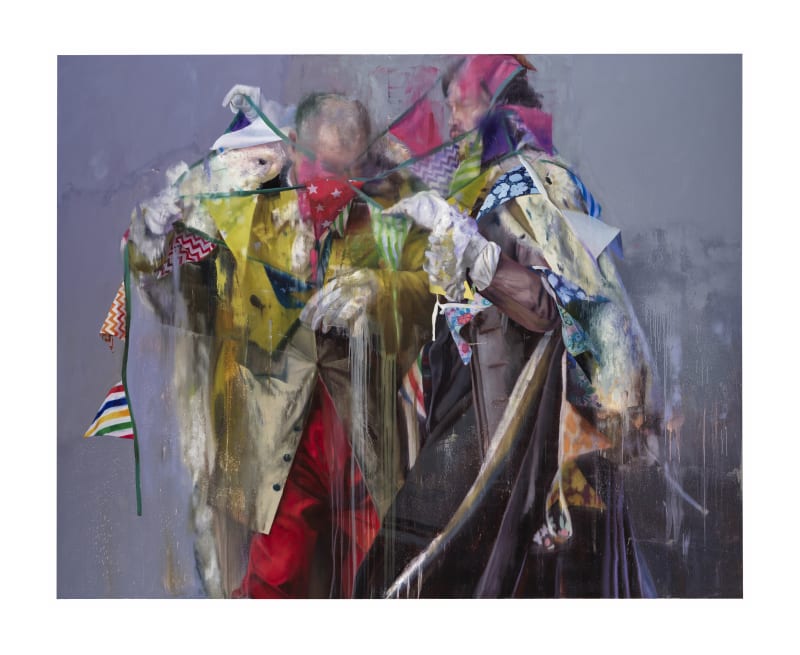Ben Brown Fine Arts is pleased to announce its return to Art Mumbai 2025 with a curated presentation of post-war and contemporary British, European and American art, drawn from the gallery’s extensive stock and distinguished private collections. The display brings together works by Tony Bevan, Alighiero Boetti, Yoan Capote, Conor Harrington, Damien Hirst, Candida Höfer, Claude and François-Xavier Lalanne, Vik Muniz, José Parlá, Pablo Picasso, Sean Scully and Hiroshi Sugimoto.
A highlight of the presentation is Picasso’s Tête d’Homme (1969), created during a late period of radical freedom and self-scrutiny. With its counterpart now housed in the Musée Picasso, Paris, the drawing depicts the musketeer – Picasso’s alter ego of creative defiance and vitality. In this guise, he revisited themes of ageing, authorship and artistic lineage, distilling the restless invention that defined the artist’s final years.
Claude and François-Xavier Lalanne also feature prominently. François-Xavier’s Mouton sculptures, at once whimsical and monumental, challenge the hierarchies of fine art and design, while Claude’s lyrical furniture designs illustrate her ability to create liveable sculpture. Together, their “domestic surrealism” transforms the everyday into the marvellous, making art both intimate and inhabitable.
Italian post-war master Boetti is represented by his seminal Arazzi – embroidered grids in which letters form hidden phrases when read vertically. In fragmenting language into pattern, Boetti exposes meaning as a system always on the brink of collapse: language as both architecture and improvisation, discipline and disorder.
This play between structure and uncertainty finds resonance in the work of Hirst, whose Spot Paintings mirror Boetti’s serial logic, while his Butterfly and Spin Paintings surrender control to chance and emotion. Where Boetti deconstructs linguistic systems, Hirst transforms scientific models into emotional and spiritual explorations that bridge rational order and existential mystery.
The dialogue continues in the realm of abstraction with Scully and Parlá. Scully’s measured, architectural compositions evoke the solemnity of masonry and the spiritual rhythm of stripes, whereas Parlá’s gestural, calligraphic surfaces pulse with the energy of urban life.
The presentation also introduces Conor Harrington, whose monumental paintings fuse Baroque drama with contemporary critique. Through costumed figures caught between authority and vulnerability, Harrington examines the fading spectacle of power and the uncertain performance of masculinity in a post-imperial age.
Muniz and Capote extend the presentation’s inquiry into perception and materiality. Muniz photographic works reconstruct art-historical and popular imagery using unconventional materials revealing how images accrue meaning through memory and mediation. Capote’s seascapes, composed of fishhooks and saw blades, transform the horizon into a site of longing and peril to evoke the psychological and political boundaries that define migration and desire.
Photography is represented by Sugimoto and Höfer. Sugimoto’s serene horizons suspend the instant between light and infinity, while Höfer’s monumental interiors map the architecture of knowledge and culture with encyclopaedic precision.














